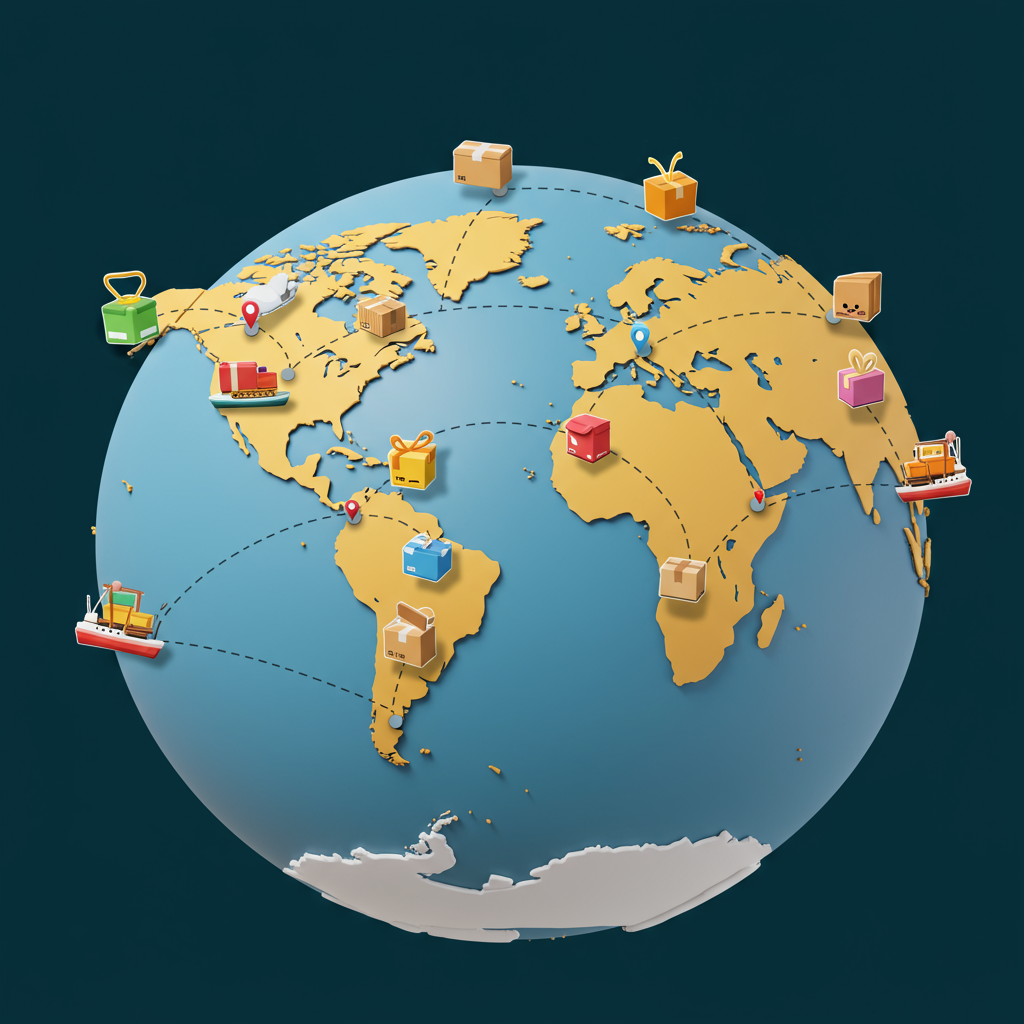A Comprehensive Guide for Merchants Expanding Beyond Borders
As a Shopify merchant, I’ve seen firsthand the incredible potential that lies beyond our domestic borders.
Expanding internationally isn’t just an option anymore; for many of us, it’s a crucial step towards sustainable growth and reaching a wider audience.
However, I know that the thought of international shipping can feel daunting. There are so many variables to consider, from customs to carriers.
That’s why I want to share my insights and strategies for building a robust Shopify shipping strategy specifically tailored for international orders.
My goal is to demystify the process and equip you with the knowledge to confidently ship your products worldwide.
First, let’s talk about the “why.” Why should you even consider international shipping?
The global e-commerce market is booming, and by limiting yourself to one country, you’re leaving a significant portion of potential revenue on the table.
Think about it: your unique product might have a massive, untapped demand in another part of the world.
Before I even think about carriers or rates, my first step is always thorough research and planning.
I identify my target markets. Where is my product most likely to succeed? What are the cultural nuances?
I also investigate any specific import restrictions or regulations for those countries. This is absolutely critical to avoid costly delays or rejections.
Next, I consider the shipping carriers. This is where many merchants get overwhelmed.
For international shipments, I typically look at major players like DHL, FedEx, UPS, and even national postal services like USPS (for certain destinations).
Each carrier has its strengths and weaknesses. DHL and FedEx are often excellent for speed and reliability, especially for express shipments.
UPS offers a good balance, and for more economical options, especially for lighter goods, I sometimes use national postal services or their international partners.
I also explore hybrid solutions, where a package starts with one carrier domestically and then switches to another for international transit.
Setting up your shipping rates is another pivotal decision. I’ve experimented with a few approaches.
You can offer flat-rate shipping, which simplifies things for the customer but requires careful calculation on your part to ensure profitability.
Alternatively, I often opt for calculated rates, which pull real-time shipping costs directly from the carrier based on package weight, dimensions, and destination.
Shopify’s native shipping settings and various apps make this relatively straightforward to implement.
Sometimes, I even offer free international shipping, but only if I’ve built the shipping cost into the product price or have a high average order value to absorb it.
Now, let’s tackle the elephant in the room: customs and duties. This is where many merchants stumble.
I always make sure to understand the difference between DDU (Delivery Duty Unpaid) and DDP (Delivery Duty Paid).
With DDU, the customer is responsible for paying duties and taxes upon arrival, which can lead to unpleasant surprises and abandoned packages.
For a better customer experience, I lean towards DDP whenever possible. This means I collect the duties and taxes at checkout, ensuring a smoother delivery.
There are apps and services that can help you calculate and collect these fees upfront, integrating seamlessly with Shopify.
Proper customs documentation is non-negotiable. I always ensure my commercial invoices are accurate and include Harmonized System (HS) codes for every product.
HS codes classify your products and determine the applicable duties and taxes. Getting these wrong can cause significant delays.
Packaging and labeling are also crucial. I use sturdy, appropriate packaging to withstand the rigors of international travel.
My labels must be clear, legible, and include all necessary information: recipient address, sender address, tracking number, and customs declarations.
Communication is key throughout the entire shipping process. I provide my customers with tracking numbers as soon as the order ships.
Proactive updates, especially if there are any delays, go a long way in building trust and reducing customer service inquiries.
Finally, I have a clear and concise international returns policy. Returns are inevitable, and a transparent process builds customer confidence.
I outline who is responsible for return shipping costs and how refunds or exchanges will be processed for international orders.
Within Shopify, I leverage apps like EasyShip, ShipStation, or directly integrate with carrier services to streamline my international shipping operations.
These tools help me manage rates, print labels, and track shipments all from one dashboard.
I also consider localized pricing and currency conversion. Shopify’s multi-currency features can be incredibly helpful here.
Offering prices in the customer’s local currency can significantly boost conversion rates.
And don’t forget about international customer support. Be prepared to answer questions about shipping times, customs, and returns in a timely manner.
Expanding internationally with Shopify is a journey, not a sprint. It requires careful planning, continuous optimization, and a willingness to learn.
But the rewards – a larger customer base, increased revenue, and a truly global brand – are absolutely worth the effort.
I hope my experience and these strategies prove helpful as you navigate your own international shipping endeavors.
What do you think about this article? I’d love to hear your thoughts and any strategies you’ve found successful!






